Gunpla, short for Gundam model kits, is fun and creative for fans of all ages. This guide will show you the important steps and tips from experts to help you feel more confident as you start your Gunpla journey. You’ll learn how to build your first Gundam model kit, from picking the right grade and tools to learning the art of assembling plastic models.
There is no better way to start making Gunpla than with this guide, no matter how experienced or how much you want to learn.
Tips for Choosing the Right Model
Take a look at these tips to make an informed choice. Check your level of experience. If you’re new to putting together model kits, it’s best to start with a high-grade (HG) or real-grade (RG) model because it’s easier to put together and has fewer parts.
To improve your experience, you should also think about what styles of Mobile Suits you like best. Lastly, think about the tools and space you have available. Master Grade (MG) and Perfect Grade (PG) kits may take more time, space, and patience, so ensure you have everything you need for that model.
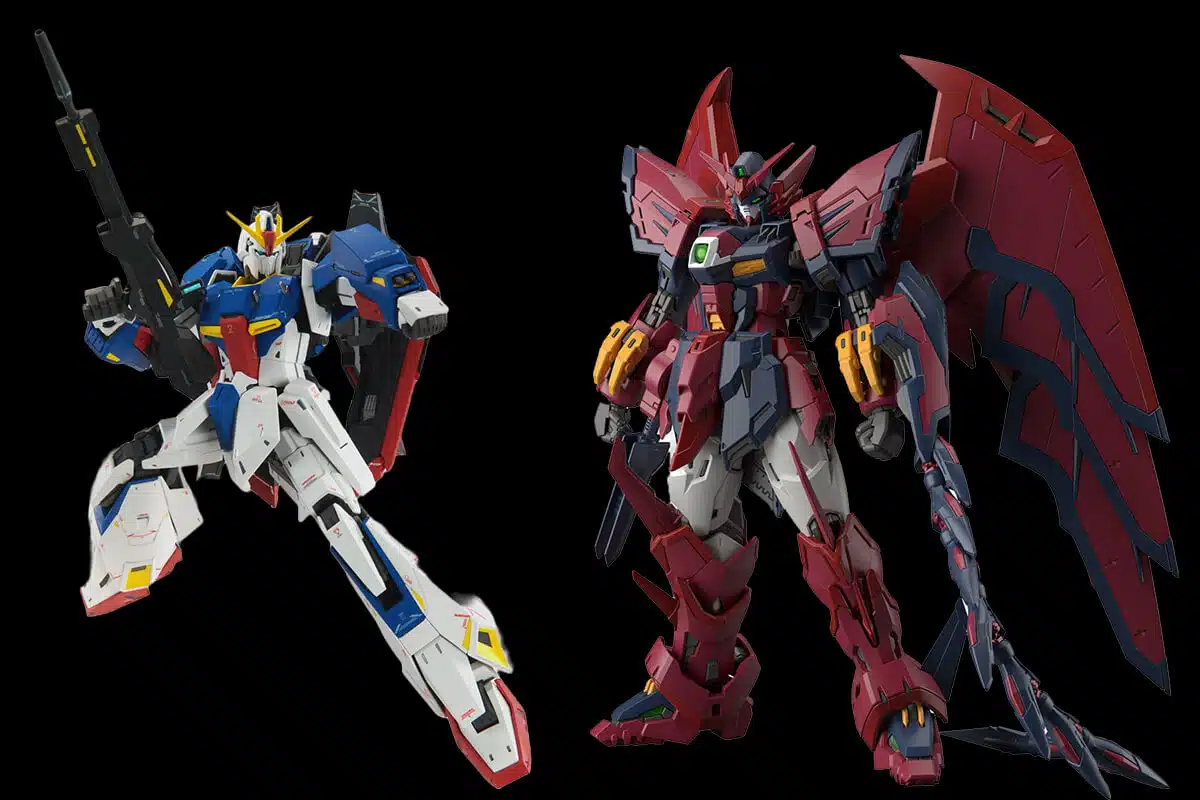
Understanding Scale and Complexity
Gunpla scales like 1/144 (HG), 1/100 (MG), and 1/60 (PG) decide how big, detailed, and complicated the model is.
Beginners are often told to start with smaller sizes, like 1/144, because they are easier to use, cheaper, and have fewer parts. Bigger sizes, like 1/100 and 1/60, have more complexity and detail, but they may be harder for people just starting. It is usually best to start with a smaller size and work up to more complicated kits as you gain more experience.
Popular Beginner-Friendly Gunpla Models
There are several highly suggested model kits for people who are new to Gunpla. High-grade Universal Century (HGUC) kits are a great place to start because they offer many different Mobile Suit designs and are the perfect balance between ease and detail.
Real-grade (RG) kits in the 1/144 scale are another great option for both new and experienced modelers because they have a lot of detail in a small package. The HGUC RX-78-2 Gundam, the HGUC Zaku II, and the RG RX-78-2 Gundam are all models that you should use for your first build.
These kits are great for your first Gunpla project because they are easy to build and allow you to learn important building skills.
Creating an Organized and Well-Lit Workspace
The first thing you need to do to put together your Gundam model kit is to set up a good work area. Pick a well-lit area, with or without artificial lighting, to see small parts and fine features. This is important for accuracy and to keep your eyes from getting tired.
To keep parts from getting lost or broken, keep your area clean and organized. Use a clean, flat surface like a desk or table, and think about getting a mat or tray to catch any small parts that you drop while you’re putting it together.
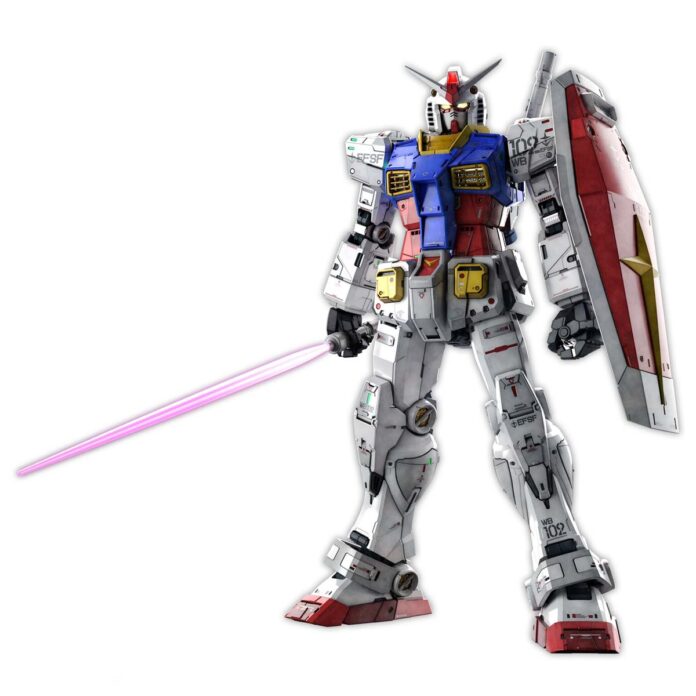
Setting Up Tools and Materials for Easy Access
Keep important tools close, like hobby knives or nippers for removing parts, fine-grit sandpaper or files for smoothing edges, and tweezers for accurate work. This will speed up the model-building process.
Make sure the model kit’s instructions are easy to find so you can follow along as you put it together. Sort and arrange the parts in small containers or trays, and name them so they are easy to find. This will help you focus and work faster on your Gunpla projects.
Safety Precautions
Safety is very important when putting together your Gundam model kit. Do what you can to avoid accidents and keep your health safe. When cutting with hobby knives or nippers, keep the blade away from your body and fingers to avoid cutting yourself. Put on safety glasses or masks to protect your eyes from plastic scraps flying around.
It is very important to have enough airflow, especially when painting or working with glues and solvents. Use areas with good airflow or put on a mask to protect yourself from fumes. Make sure your workspace stays clean by getting rid of old sanding sheets and plastic runners right away. This will keep your Gunpla-building trip safe and organized.
Step-by-Step Instructions for Model Assembly
To assemble gundam model kits correctly, you must be very good at putting together plastic models and carefully follow the step-by-step steps in the model kit’s manual. These guides have clear pictures and short explanations that will help you put it together.
Carefully putting steps in the right order is essential for building your Gunpla correctly. If you skip or change any step, you could make mistakes that change the result. You’ll get better at reading these directions as you go along, which will make the process of putting them together easier and more fun.
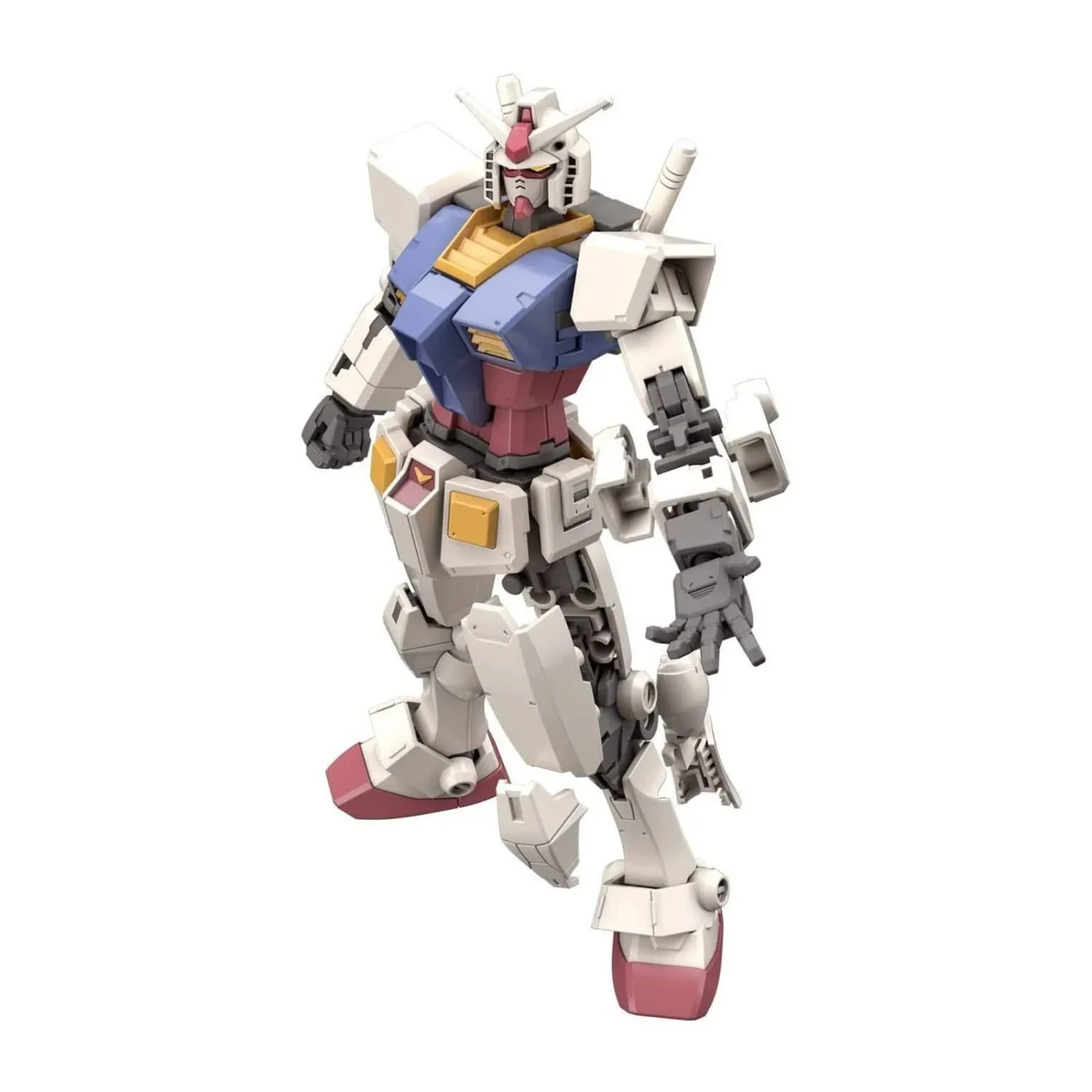
Proper Removal of Parts from the Runners
In the early stages of putting together a plastic model, parts must be carefully taken off of the plastic runners, which are sometimes called sprues. To avoid damage or extra stress on parts, this needs to be done precisely. The best tools for this job are hobby knives or nippers made for that reason.
Carefully cut the pieces off the runner, leaving a small piece of the runner material connected to each one. Sanding can be used to smooth out these remaining bumps, making sure that the joint is clean and smooth. Taking off parts the right way not only keeps them from getting damaged but also makes sure that the assembly is done safely and correctly.
Sanding and Cleaning Parts for a Seamless Fit
The model’s parts must fit together smoothly to look beautiful and real. Parts that have been taken off of the runners often have small bumps or rough edges on them from being taken off. To fix this, use fine-grit sandpaper or files and buff these flaws away slowly and carefully.
Being patient is very important; it’s better to take your time than to sand too much, which could damage the surface beyond repair. This very careful process makes surfaces that are smooth and shiny, which helps parts fit together perfectly, and the result is a model with gaps that are almost impossible to see.
This step is very important if you want to improve the way your Gunpla looks and give it a more professional and classy look.
Enhancing Model Detail with Panel Lining:
Adding more details to your Gundam model is an important part of designing model kits, and panel lining is one of the best ways to do this. For panel lining, you use fine-line markers, usually gray or black, to draw attention to the model’s etched lines and cracks.
This simple process gives the Mobile Suit more depth and reality by making shadows appear and making different parts of the suit stand out. When done right, panel lining can take a simple build and turn it into a model with many great details. Even though you have to be patient and careful, the benefits are worth it.
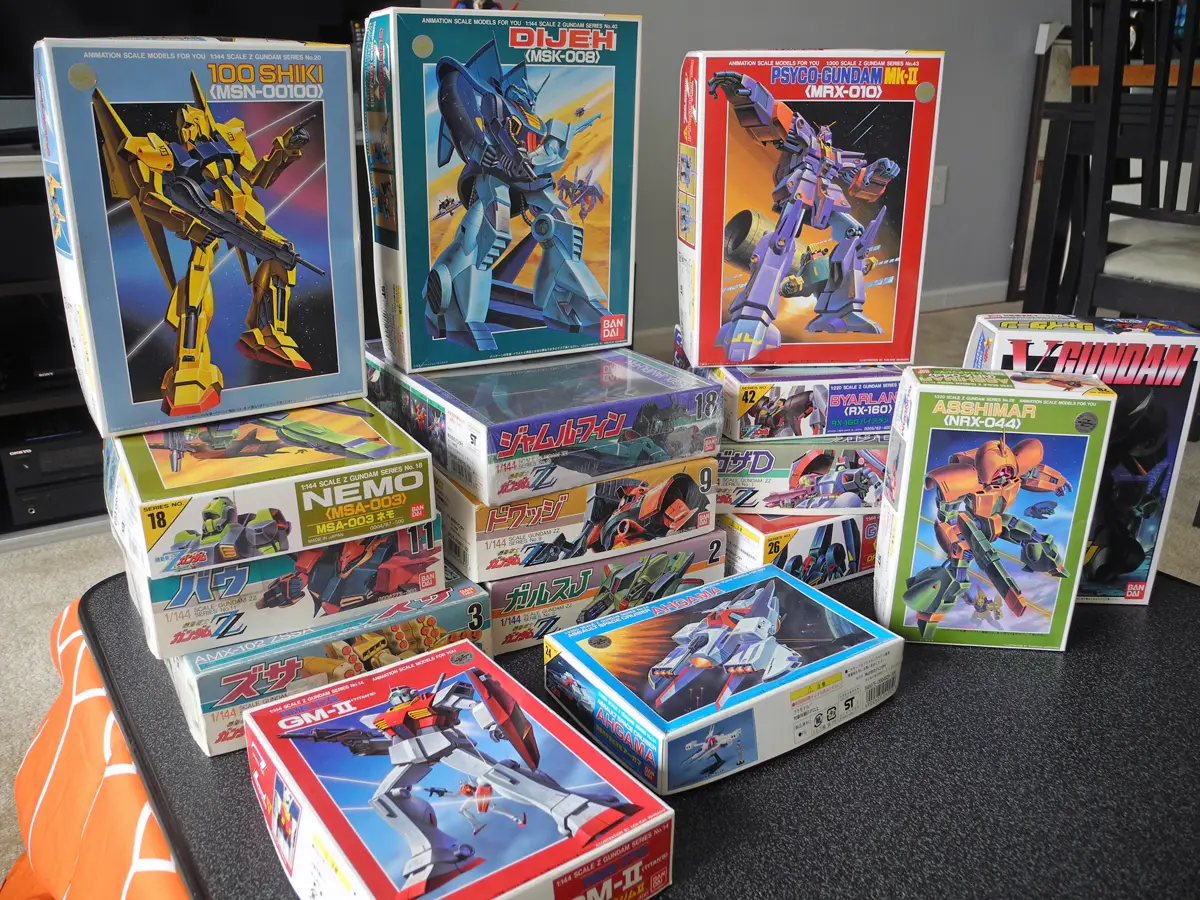
Encouragement for Continuing Your Gunpla Journey
Check out internet communities, magazines, events, YouTube channels, and local hobby shops to improve your Gunpla journey and skills. These tools are helpful for builders of all levels, from those who are just starting to those who are very serious about their craft.
There is a lot of information out there to help you fuel your love of Gunpla, whether you want to learn advanced techniques, build complicated kits, or just get better at what you already know.

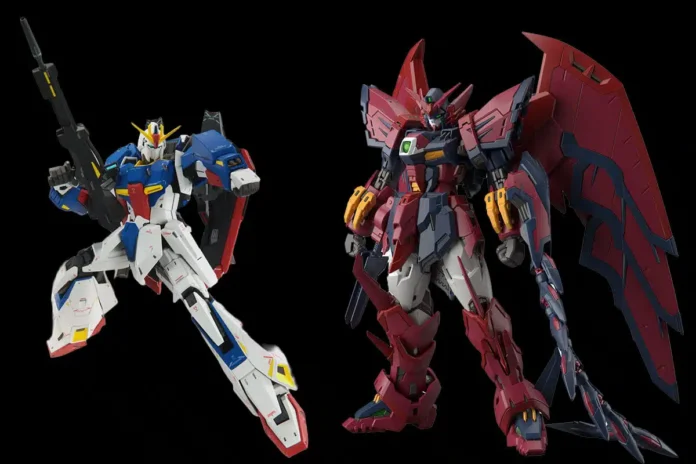
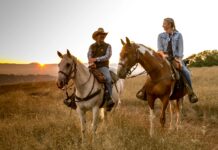


![Calgary’s Hottest Neighborhoods for Luxury Homebuyers [2024]](https://thewashingtonote.com/wp-content/uploads/2024/04/Calgary-324x160.png)



